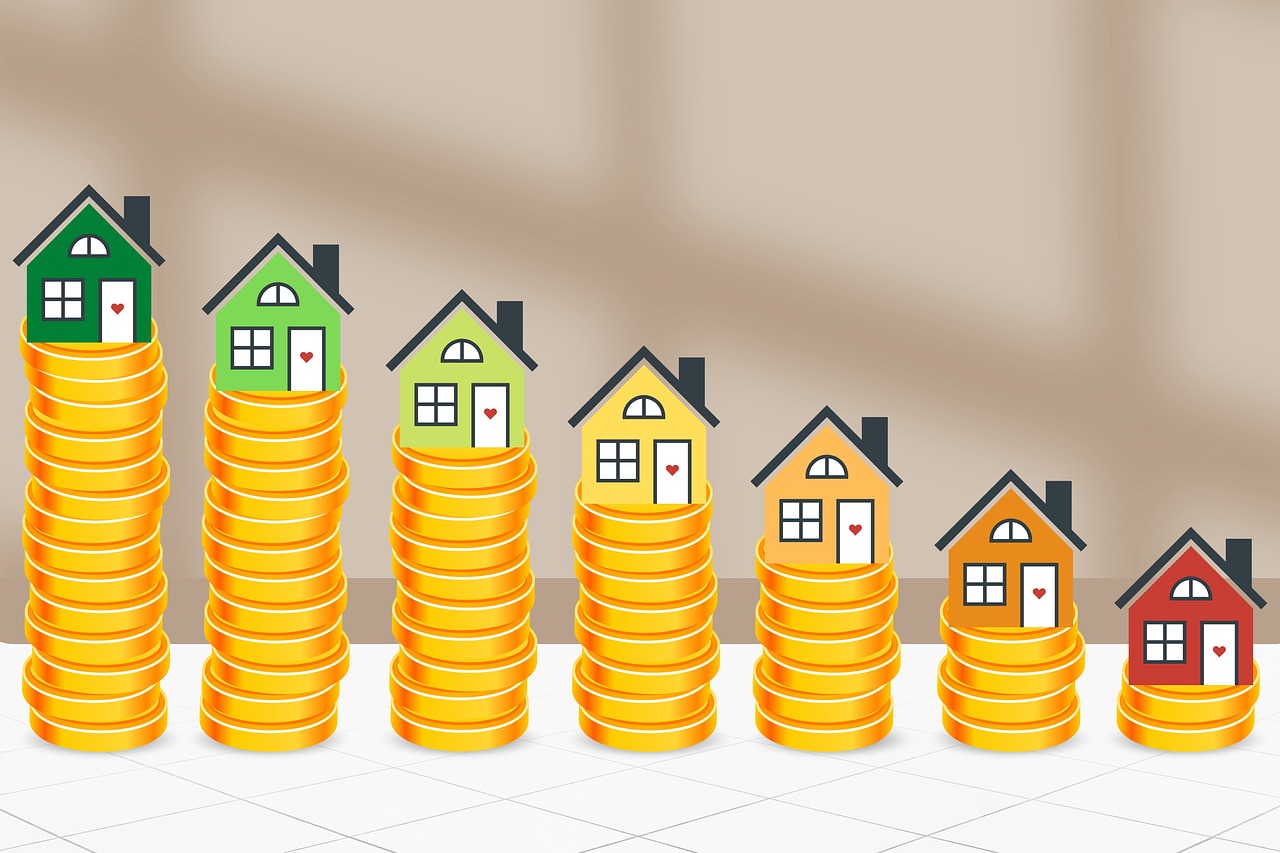Urban trees may bolster education outcomes and their loss could disproportionately affect students from low-income families, according to new research.
Economics professor Alberto Garcia of the University of Utah looked at changes in school attendance and standardized test scores at schools in the Chicago metropolitan region over the decade after a non-native beetle called the emerald ash borer appeared in North America, eventually killing millions of ash trees along the streets and yards of Midwestern cities.
His results are both alarming and insightful, revealing a complex interplay between environmental degradation and social inequities.
Trees and education
The study analyzes how the loss of tree cover influenced education outcomes in the Chicago metropolitan region, which was hit hard by the infestation. Ash had been the region’s most common non-invasive tree species, accounting for 18% of its street trees, or about 85,000 trees. Between 2010 and 2020 Chicago lost half its standing ash, with the remaining half already dead or in decline, according to the Morton Arboretum.
The study tracked changes in student performance on a standardized test administered to 3rd- through 8th-graders in Illinois, from 2003 to 2012.
“We found that test scores in areas with ash borer infestations were reduced after the onset of those infestations relative to unaffected areas that were similar,” Garcia says.
“We also looked at heterogeneity in the income distribution, and we found that schools with more low-income students were less likely to experience infestations. These neighborhoods have less tree cover, so there is less likelihood that ash borer is going to establish,” he continues.
“We don’t think that the low-income students in unaffected areas are impacted, but the low-income students at these impacted schools seem to be affected more than better-off students at these same schools.”
The results appear in the journal Global Environmental Change.
Prior research shows students in neighborhoods with greater tree cover see better test scores. A recent study by U sociologists and geographers, for example, demonstrated how low-income Utah neighborhoods have less tree canopy near their schools. Meanwhile, schools with greater tree cover had fewer students testing below proficient on year-end math and language arts exams.
Generally speaking, better education outcomes could simply be a function of these leafy neighborhoods’ higher incomes, Garcia notes.
“Our study is trying to come a little closer to establishing a causal link,” Garcia says. “We used this natural experiment of the emerald ash borer beetle being introduced and then idiosyncratically spreading around the different neighborhoods in the Chicago metropolitan area.”
To conduct the study, the researchers built a novel dataset, combining satellite imagery with Illinois’ standardized testing data and emerald ash borer survey efforts.
“We got kind of lucky that the state of Illinois was administering this standardized test in that same window when the ash borer first arrived in the area,” Garcia explains. “Every school in Illinois was taking the same test, so we had consistent data across schools and through time.”
Uneven impacts
Instead of merely reaffirming the tree cover-test score correlation, the researchers were able to track changes in school attendance and scores on standardized tests as the beetle infestation ran its course, laying waste to Chicago’s ash trees over the span of a decade.
The study identified a 1.22% reduction in the number of students meeting or exceeding Illinois’ standardized testing benchmarks in areas hit by the ash borer. This seemingly modest drop carries significant implications when scaled across the entire student population.
“We found that schools with more low-income students were less likely to experience infestations because these neighborhoods have less tree cover,” Garcia notes. “But the low-income students at wealthier schools, where infestations were more common, seemed to bear the brunt of the impacts.”
Speculating on the mechanisms driving these effects, Garcia notes loss of tree cover could exacerbate urban heat islands, increase air pollution, and diminish the psychological and physiological benefits that greenery provides.
“Some possible explanations are just that those students don’t have the same resources to go home and recover from, for example, extreme temperatures or pollution-induced headaches the same way that higher-income students at the same schools might have,” Garcia says.
Low-income students may also spend more time outdoors in their neighborhoods or remain longer near the school, increasing their exposure to degraded environmental conditions. Conversely, wealthier students might commute from more distant areas or have access to climate-controlled environments that mitigate these impacts.
Environmental justice
The findings highlight how environmental changes disproportionately affect vulnerable populations. While low-income neighborhoods were less likely to lose tree cover, low-income students—particularly those attending wealthier schools—suffered setbacks when infestations occurred.
“It’s not just about access to environmental amenities,” Garcia says. “It’s about understanding how their absence can create inequities that ripple through critical aspects of life, like education.”
The study underscores the importance of urban forestry initiatives and invasive species management. Efforts to maintain and restore tree cover could play a vital role in mitigating environmental and social disparities. Garcia’s work also opens the door for further exploration into how ecosystem changes shape human outcomes, particularly in urban settings where environmental inequities are stark.
The study appears in Global Environmental Change.
Source: University of Utah








Leave a Comment